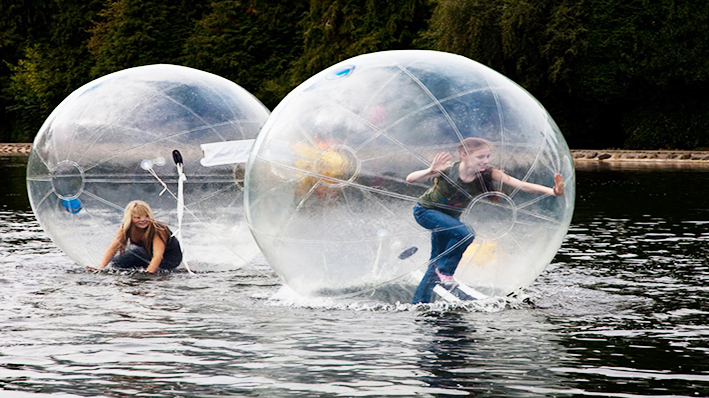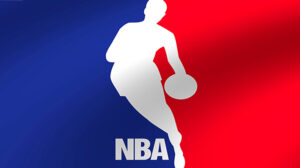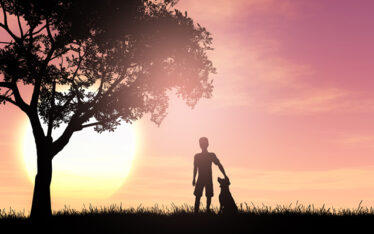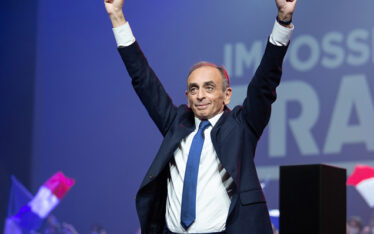
Findlay/AlamyStockPhoto
The world of entertainment media has been an unmitigated disaster since the arrival of Coronavirus in the United States. Notably, within the industry, the National Basketball Association was forced into hiatus with only a handful of games left before the highly anticipated NBA playoffs.
For the months following the shutdown, prospects of resuming the season were dim. However, commissioner Adam Silver stepped up to the task of resuming the season and on July 30th, the NBA restarted in a “bubble” in ESPN’s “Wide World of Sports” center in Disneyland. Despite being in the national epicenter of the pandemic, Orlando, Florida, the NBA worked to complete the season and begin the playoffs.
The logistical goliath the NBA faced to protect its players, coaches and support staff has, so far, been a triumphant success. This success could have major lessons and implications for other industries and communities attempting to resume life while safely navigating the pandemic.
Spurred by Utah Jazz star center Rudy Gobert’s shocking ignorance, as he mockingly touched and coughed on microphones during a press conference, the NBA was shut down and the future of the season was cast into uncertainty. As fate would have it, Rudy Gobert was an asymptomatic carrier of the virus and was the first confirmed case in the league, alongside his star teammate Donovan Mitchell, to whom Gobert apologized for the immature behavior.
In the span of a few days, American Basketball, Baseball and Hockey were all suspended as the coronavirus spread and began to pose a serious threat to the country. It wasn’t until over 3 months later, 141 days to be exact, when the season resumed.
A BUBBLE – HOW IT WORKS

TP/ Alamy Stock Photo
The NBA bubble consists of three major hotels in Disneyland and three sport complexes. With a total of 814 players, coaches and trainers representing 22 teams, the logistical challenge was steep. However, the NBA clearly met the challenge by adopting CDC guidelines, expert’s opinions as well as advice from their own board of governors. The NBA and commissioner Adam Silver left no stone unturned as they brought basketball back to the court and provided much needed entertainment to a fanbase facing draining social, economic and sanitary chaos.
Before arrival, each player was required to test negative for the virus. Upon arrival, individuals would be tested a second time. For the first week or so, all bubble citizens were subject to strict quarantine. All food, packages or items coming into the bubble would be similarly subjected to disinfecting and quarantining. Ever since, testing has been conducted within the bubble weekly.
How has the NBA’s bubble held up? Brilliantly. Since arrival, there have been a grand total of 0 cases. Again, despite being in the heart of Florida, suffering well over 10 thousand cases per day, the NBA is an astounding success.
Consider the Major League Baseball season restart as a perfect contrast. The MLB opted to not create a bubble and isolate players from potential infection. As a result, the season has been plagued by quarantines, cancellations and controversy. Take for instance the St. Louis Cardinals. When almost every other team was playing their 20th game of the season, the Cardinals had played a grand total of 5. The ripple effect of the effective removal of a baseball club was profound. Entire series were cancelled, the schedule left a mess, playoff seeding suddenly a massive controversy and an overarching tone of uncertainty settled in. A running total of 37 games for 13 teams have been postponed. Almost every team, 28 out of 30, has reported at least one case among its staff or players.
APPLES VS. ORANGES
Now, to what extent are these two leagues comparable? Well, it’s not apples to apples, one could say. To restart the season, the NBA only needed the 22 teams in playoff contention while the MLB required all 30. The NBA also allowed for 37 members of each team, including coaches and staff to join the bubble. Baseball does not have such a luxury as the number of players alone, per team, exceeds 37 players. The MLB therefore faced an even larger logistical challenge to get their season underway during the pandemic. However, despite the increased challenge the MLB faced, commissioner Rob Manfred has clearly done little to replicate, at least in part, the successes of the NBA bubble. The comparison is therefore between successful, proactive and more adaptable NBA and a clunky, larger MLB that has been rife with delays and cancellations.
The comparisons between the MLB and the NBA hold value in how we approach current and future re-openings. Colleges and universities have attempted to emulate “bubble”, such as Tufts University and have found relative success. Then by contrast, there are universities such as the Universities of North Carolina and Alabama, that have merely herded students back onto campus with little testing apparatus, safety policy or care for their community.
The University of North Carolina, after only a week, was forced into closing down as they recorded spikes in cases among students. Meanwhile the University of Alabama has recorded over 1,100 cases in less than a week, which at the time was greater than the number of recorded cases in the entire country of Canada.
UTILIZING KEY COMPONENTS
As far as the world of labor, the issues that plagued the MLB would similarly affect companies attempting a restart. Companies would be unlikely to ask workers to leave their families and remain in relative isolation to continue work. Monitoring the social lives and contacts of workers would prove equally difficult, especially considering the fact that the US government has still neglected and shunned any kind of test-and-trace program. So long as companies, schools or other entities are unable to create a true bubble of isolation, like the NBA, they will continue to suffer from the uncertainty found in re-openings such as the MLB.
Sporadic outbreaks, delays, cancellations and health fears will continue to plague organizations or institutions who attempt to reopen. However, should they adopt key components of the NBA’s restart such as effective test and trace, mandatory distancing and masks as well as constant and reliable testing, then reopening can prove an educated, science backed and stable endeavour.
About the Article
A glance at a possible way to safely reopen from the pandemic.



